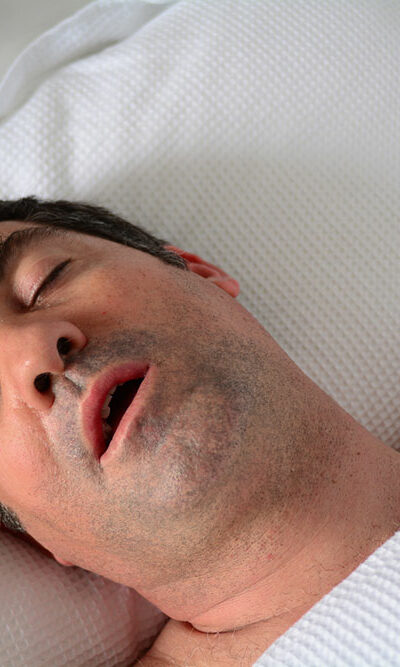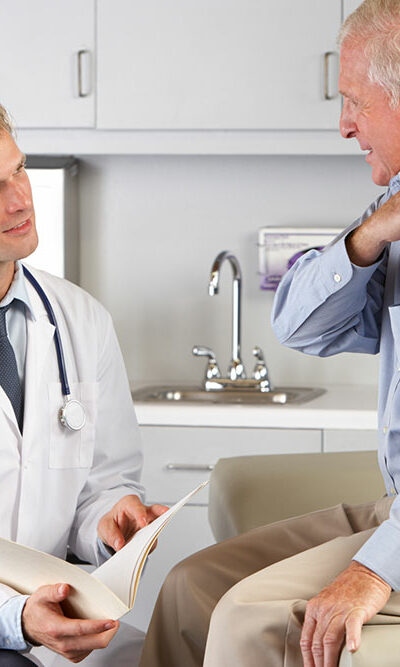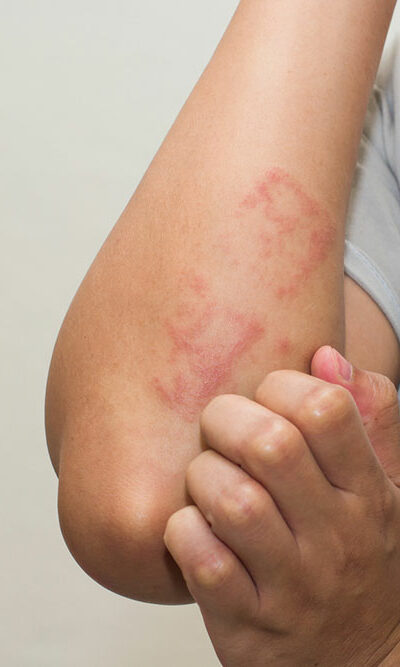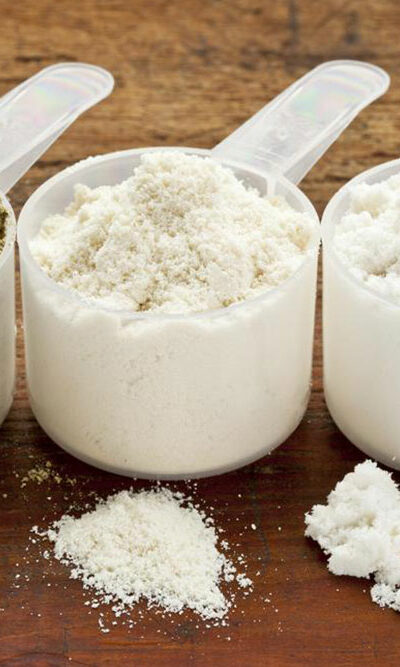
Fibromyalgia Symptoms and Tips for Pain Relief
Fibromyalgia is a condition in which a person suffers from excess musculoskeletal pain and fatigue without having any physical injury or inflammation. The cause(s) of fibromyalgia is still unknown; however, many doctors suggest it to be genetics. The symptoms may develop after an illness, physical trauma or stress. There are various options for pain relief for fibromyalgia, but first, let us have a look at its symptoms. Symptoms of Fibromyalgia Common symptoms associated with fibromyalgia are as follows: Pain and localized tenderness Fatigue Difficulty in sleeping Problems in concentrating Depression or anxiety IBS, Irritable Bowel Syndrome Headaches Morning stiffness Tingling in the hands, arms, and feet Painful menstrual cramps Treatments for Fibromyalgia Pain Relief Fibromyalgia pain can be minor or acute enough to muddle with one’s everyday activities. Thankfully, there are some natural remedies as well as medical treatments that are helpful in acquiring fibromyalgia pain relief. Some of the most common ones are listed below. Painkillers There are many over-the-counter medicines available that help to reduce the pain associated with fibromyalgia, such as aspirin or naproxen. You can consult your doctor before taking any of these. However, their long-term use is not recommended. Generally, painkiller medicines help to reduce pain and inflammation, reduce the severity of muscular aches, and diminish sleep problems. Antidepressants Antidepressants are another alternative for relieving fibromyalgia pain and fatigue. However, these medicines can cause certain side effects such as nausea and vomiting, weight gain, and loss of sex drive. Thus, it is important to understand the potential risks and consult your medical professional before their intake. Narcotic Pain Medications Narcotic pain medicines, also known as opioids, alter the way your brain responds to pain. These medicines have been found helpful in treating different kinds of pain. However, these are generally addictive, and so, their limited use has been recommended.










